The alluring aroma of freshly baked sourdough bread, the satisfying crackle of its crust, the tangy taste that dances on your palate – it’s no wonder this ancient bread has captured hearts (and stomachs) around the world. But for any aspiring sourdough baker, the journey to a perfect loaf starts with the right tools.
I’ve tested each of these tools and use them each time I bake bread. Here are my top 10 must-have tools for sourdough bread baking.
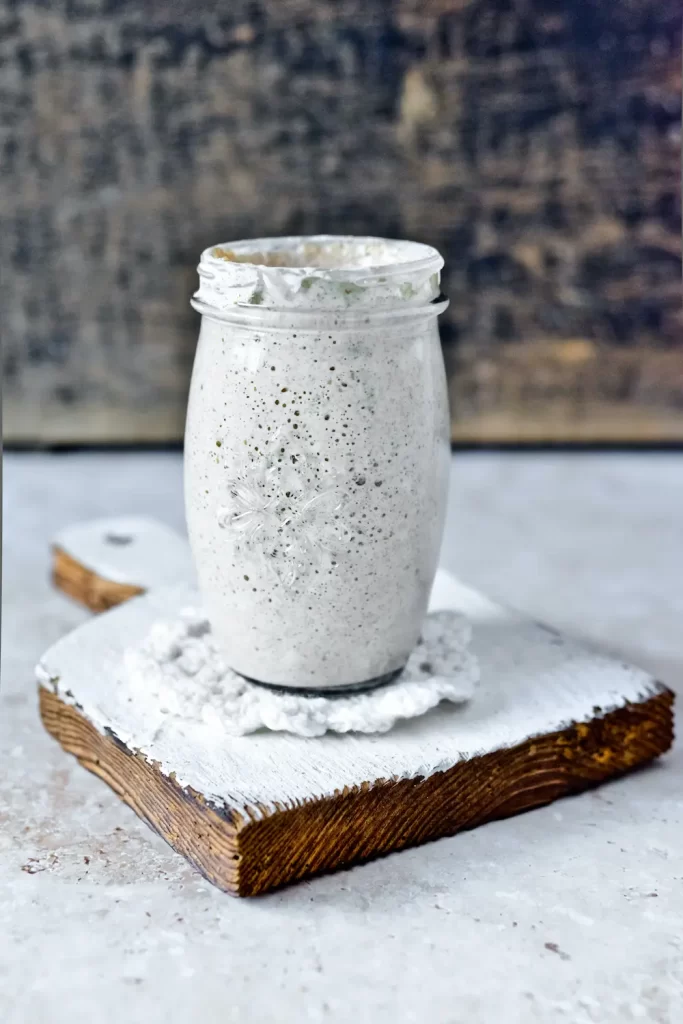
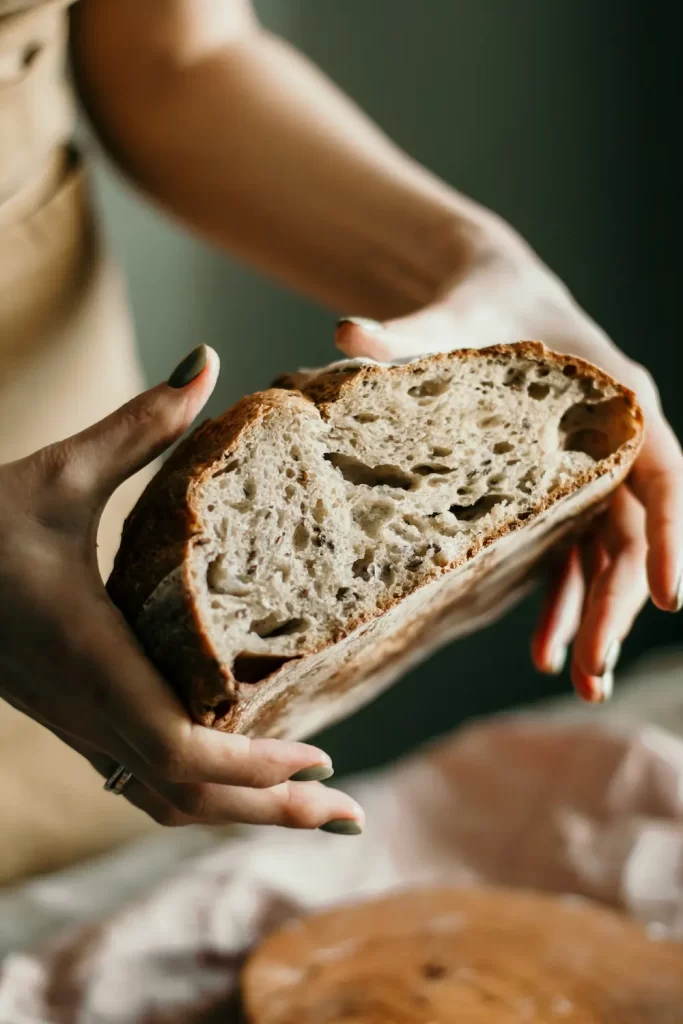
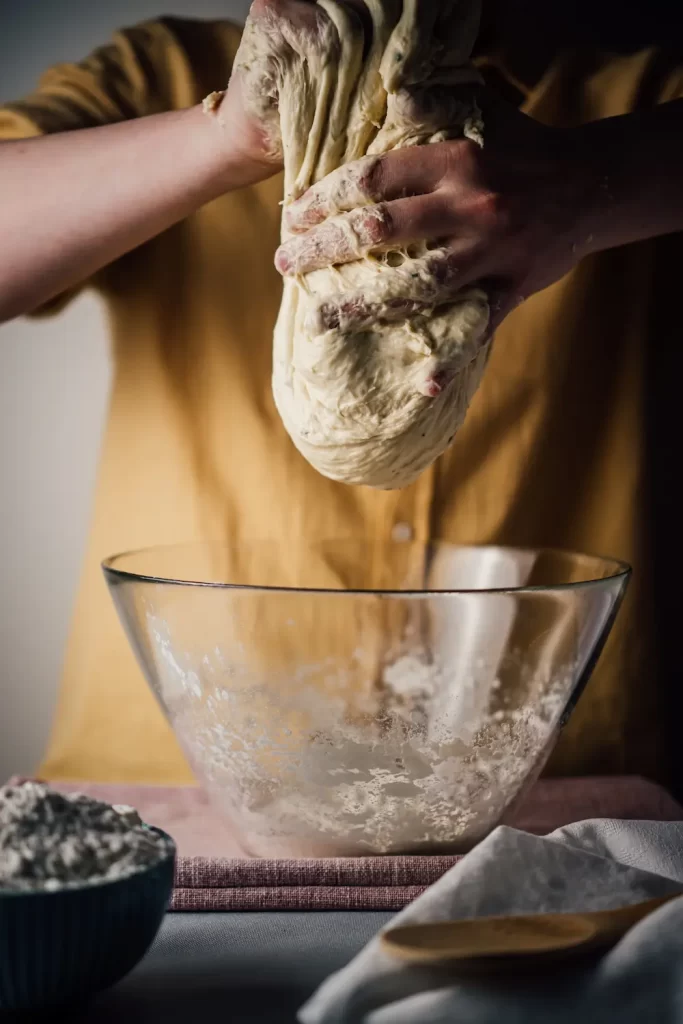
1. Digital food scale
Baking is an art, but sourdough is baking with science. Forget the guesswork and inconsistent results of measuring cups – a digital food scale is your new best friend. Precisely measuring flour, water, and starter is crucial for optimal dough fermentation and texture. Trust me, your future loaves will thank you for the upgrade.
2. Sourdough starter jars
These jars are perfect for storing your sourdough starter! Not only are they cute, but their unique shape means they can also withstand the consistent rise and fall of your starter (without overflowing).
3. Spurtle for sourdough starter
The humble spurtle, a wooden spoon with a flat, paddle-like end, is a gentle giant when it comes to your starter. It lets you stir and mix without damaging the delicate gluten strands that develop during fermentation. Plus, it’s more satisfying to use than a regular spoon.
4. Dough whisk
While most sourdough recipes involve hand mixing, a dough whisk can be your secret weapon for tackling stubborn dry flour pockets. Its large, sturdy coils effortlessly incorporate flour into the wet ingredients, leading to a smoother, more hydrated dough.
5. Proofing baskets
Proofing baskets provide the ideal environment for the dough to rise, creating that signature sourdough airiness. I always do a cold-proof in these proofing baskets!
6. Sourdough scoring tool
Just before baking, your dough needs a little artistic touch. A sourdough scoring tool, whether a specialized lame or a sharp razor blade, lets you create elegant slashes on the surface. These not only look stunning but also help the bread expand evenly during baking.
7. Flour sack towels
Flour sack towels are the workhorses of sourdough baking. Their absorbent nature makes them perfect for dusting work surfaces, covering dough during bulk fermentation, and transferring loaves to hot ovens. Plus, they’re eco-friendly and reusable, a win for both your sourdough and the planet.
8. Le Creuset bread oven
The Le Creuset bread oven elevates the sourdough experience to gourmet heights. Its exceptional heat retention creates a steamy environment, mimicking a traditional brick oven and leading to crusts with an unmatched crackle and flavor.
9. Cooling rack
Resist the urge to slice into your masterpiece right out of the oven! Let your bread cool completely on a wire rack to allow the internal crumb to set and prevent gummy textures. Patience is key to enjoying the full glory of your sourdough creation.
10. Bread box
Your beautiful bread deserves a proper storage space. A bread box keeps your loaf fresh and flavorful for days, protecting it from the elements and stale air.
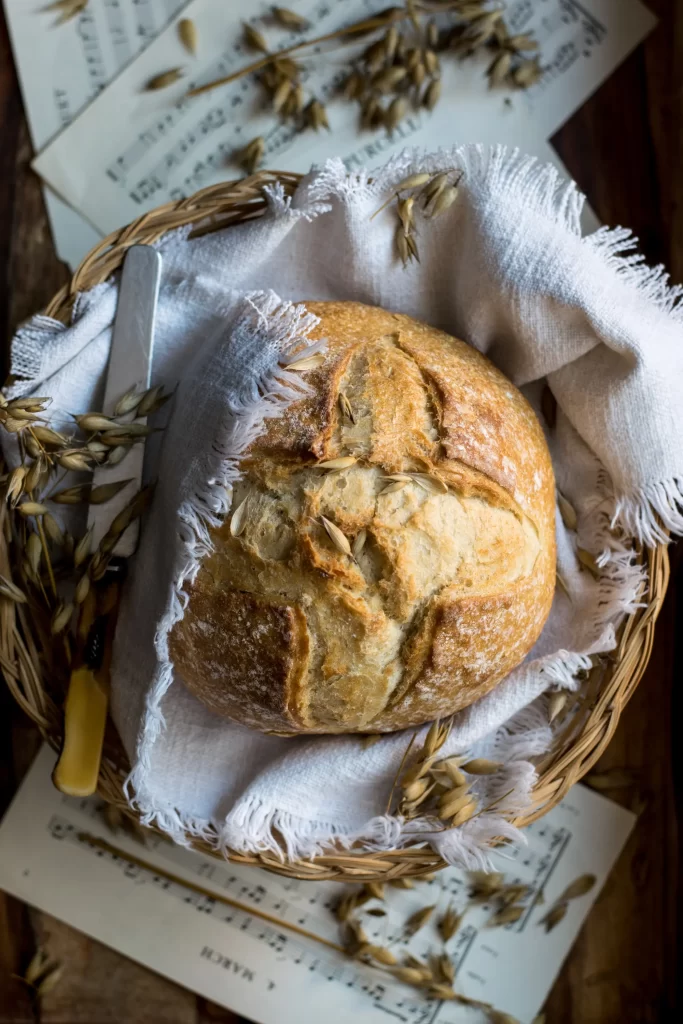
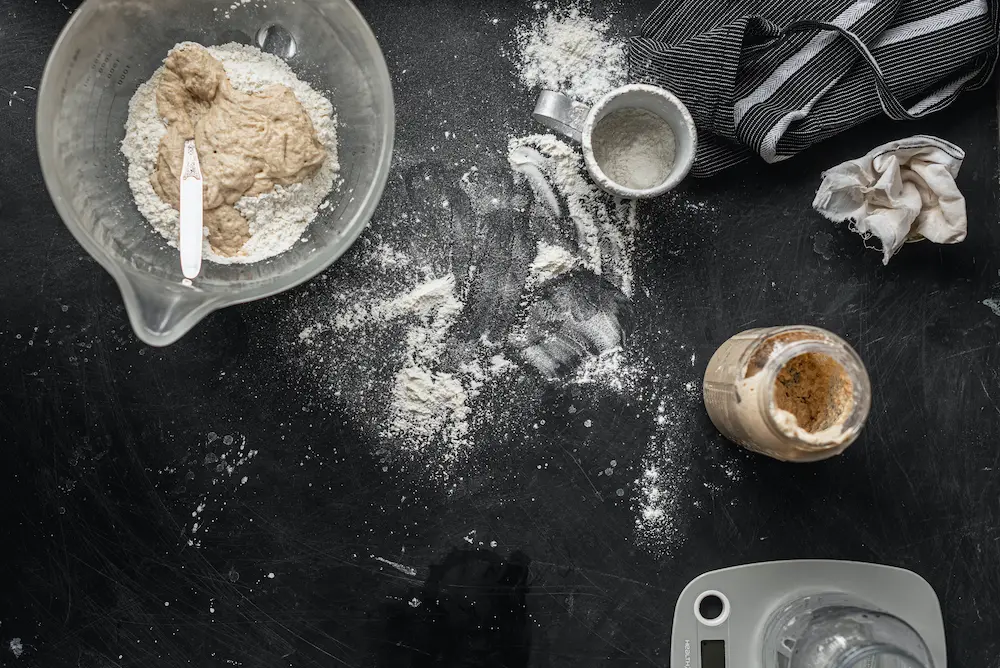
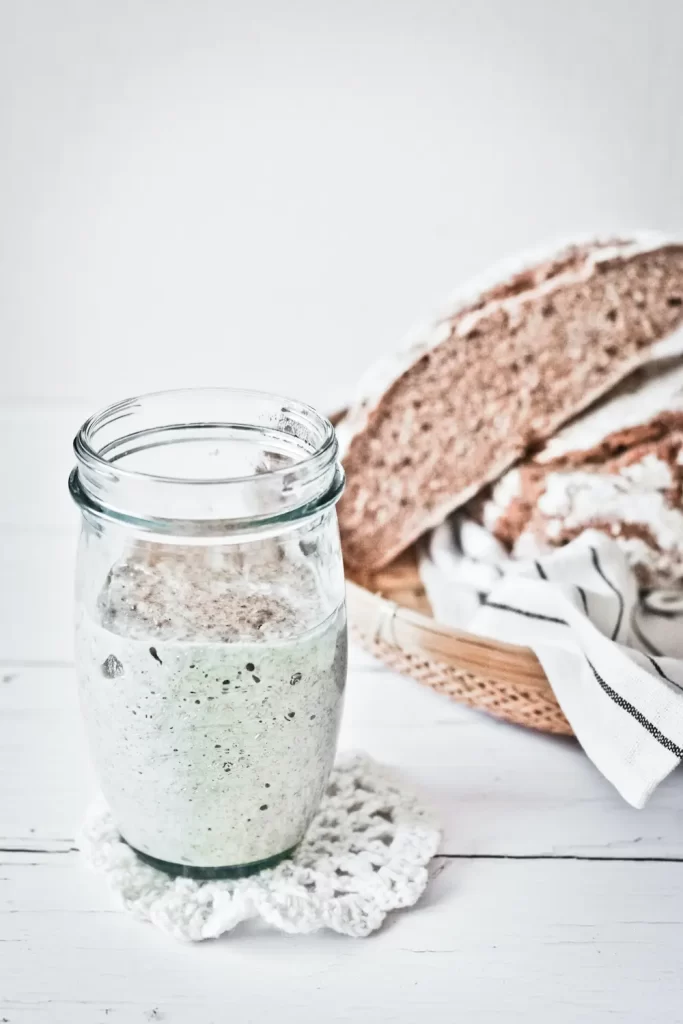
How do I create a sourdough starter?
Flour, water, time, and a little patience are your key ingredients. Combine equal parts whole wheat flour and lukewarm water, leave it at room temperature for several days, and feed it regularly with more flour and water.
My bread is dense! What went wrong?
Several factors can contribute to density. Check your dough hydration level, fermentation time, and baking temperature. Don’t overwork the dough, and try shorter bulk fermentation for a denser crumb.
Where can I learn more about sourdough baking?
Online resources, blogs, and even sourdough communities are great places to find knowledge and inspiration. Experiment, ask questions, and enjoy the journey!
My dough is too wet! Can I save it?
Add small amounts of extra flour gradually. Knead gently to avoid overworking the dough. A slightly wet dough can actually lead to a softer crumb.
Can I use all-purpose flour for sourdough?
Technically yes, but bread flour with higher protein content gives better structure and gluten development. Experiment with different flours for unique variations.
What can I do with extra starter discard?
Get creative! Use it in pancakes, waffles, crackers, pizza dough, or even sourdough muffins. There are endless delicious possibilities.
Conclusion: Tools for sourdough bread baking
Conquering crusty sourdough bread takes practice, but the right tools can make all the difference. Remember, sourdough is a journey, not a destination. So, gather your tools, embrace the learning process, and enjoy the delicious rewards of your baking adventures!
Want more sourdough baking tips?
Complete guide on how to make sourdough bread from scratch
Please note: Some of the links in my posts are affiliate links. I get commissions for purchases made through those links. As an Amazon Associate I earn from qualifying purchases when you buy something from those links.





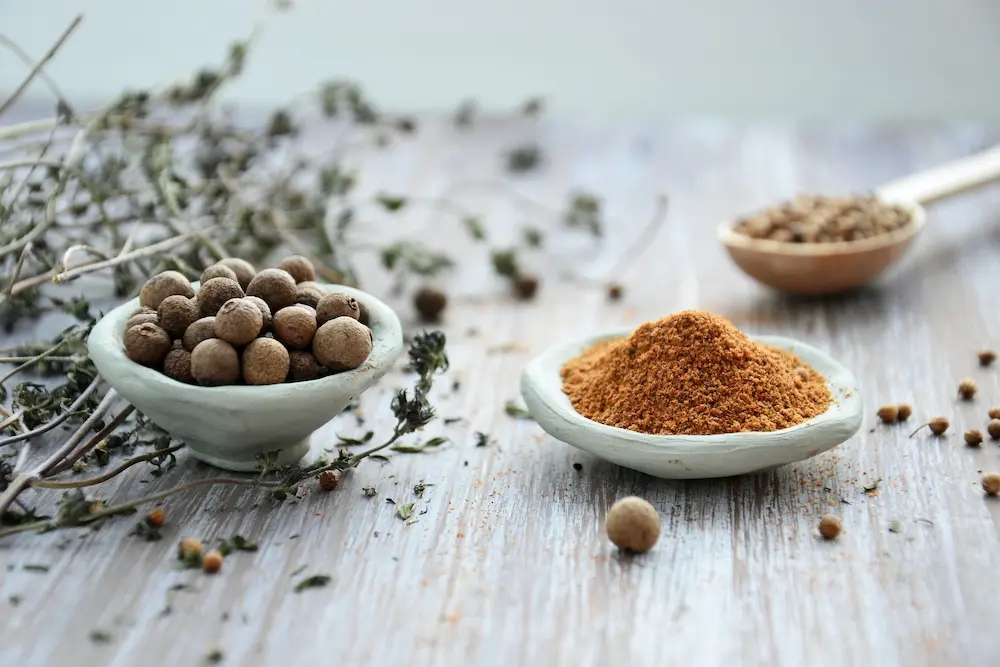
Leave a Reply